Back to main site
Research
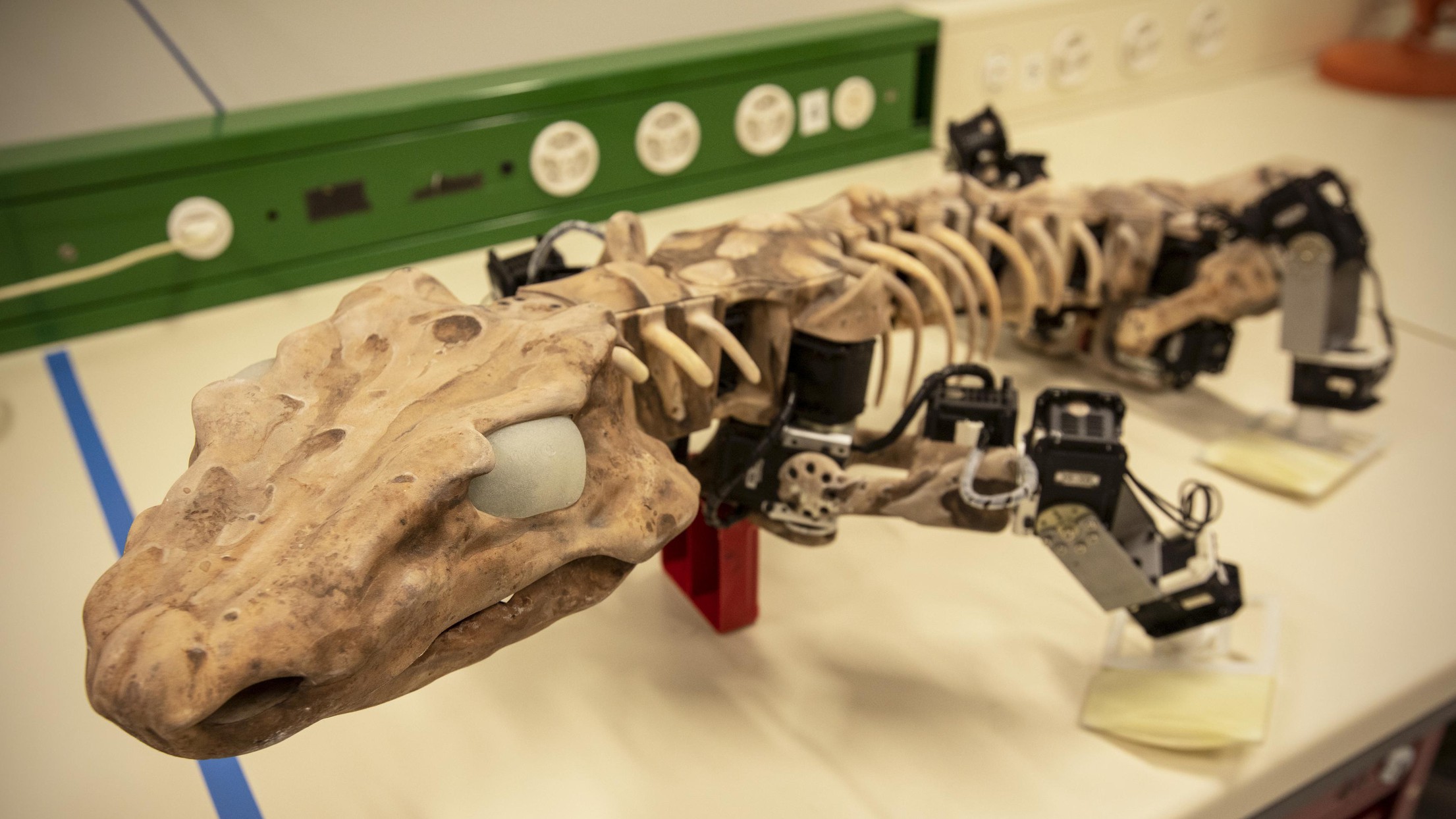
A robot recreates the walk of a 300-million-year-old animal
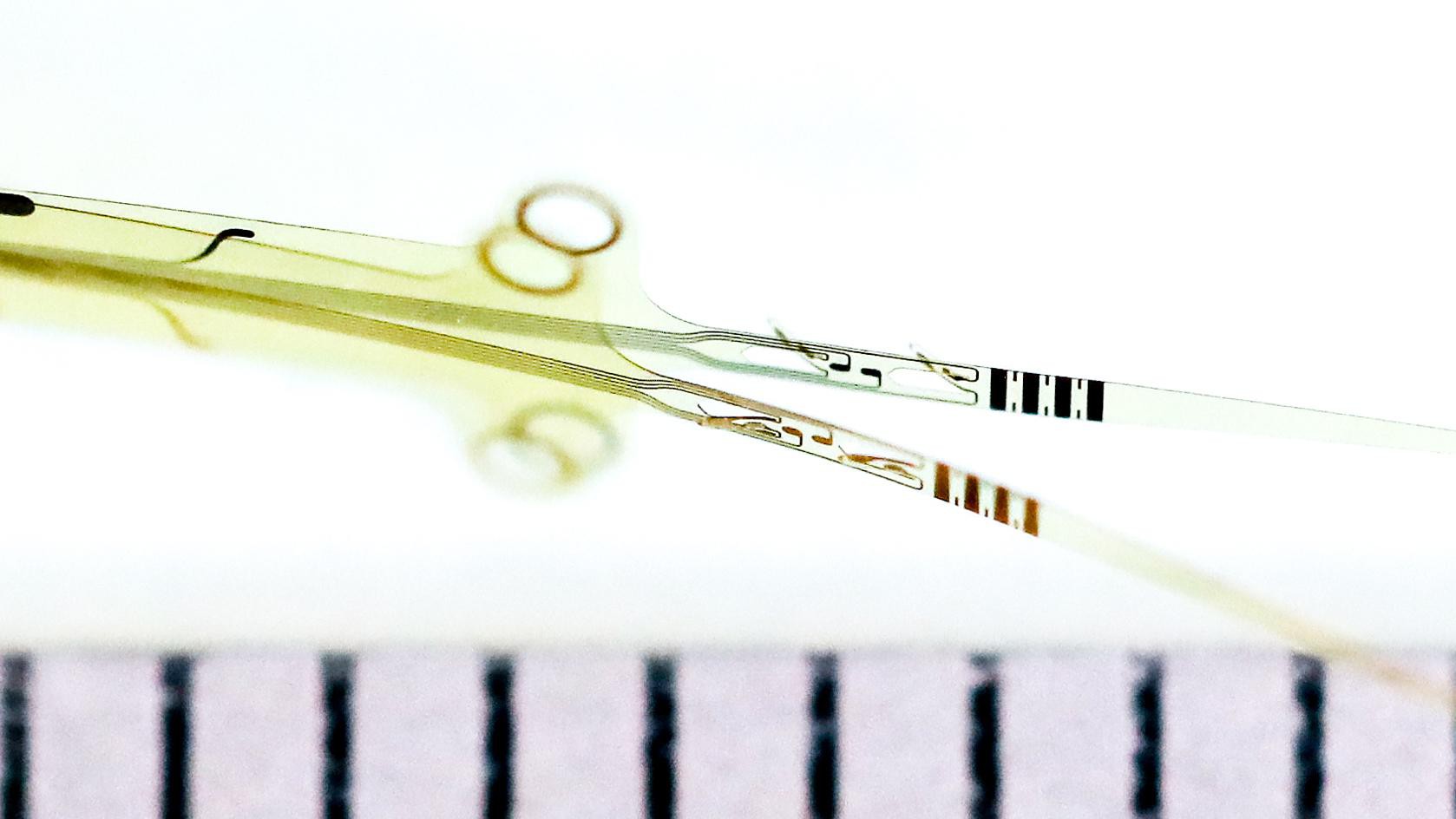
Optic nerve stimulation to aid the blind
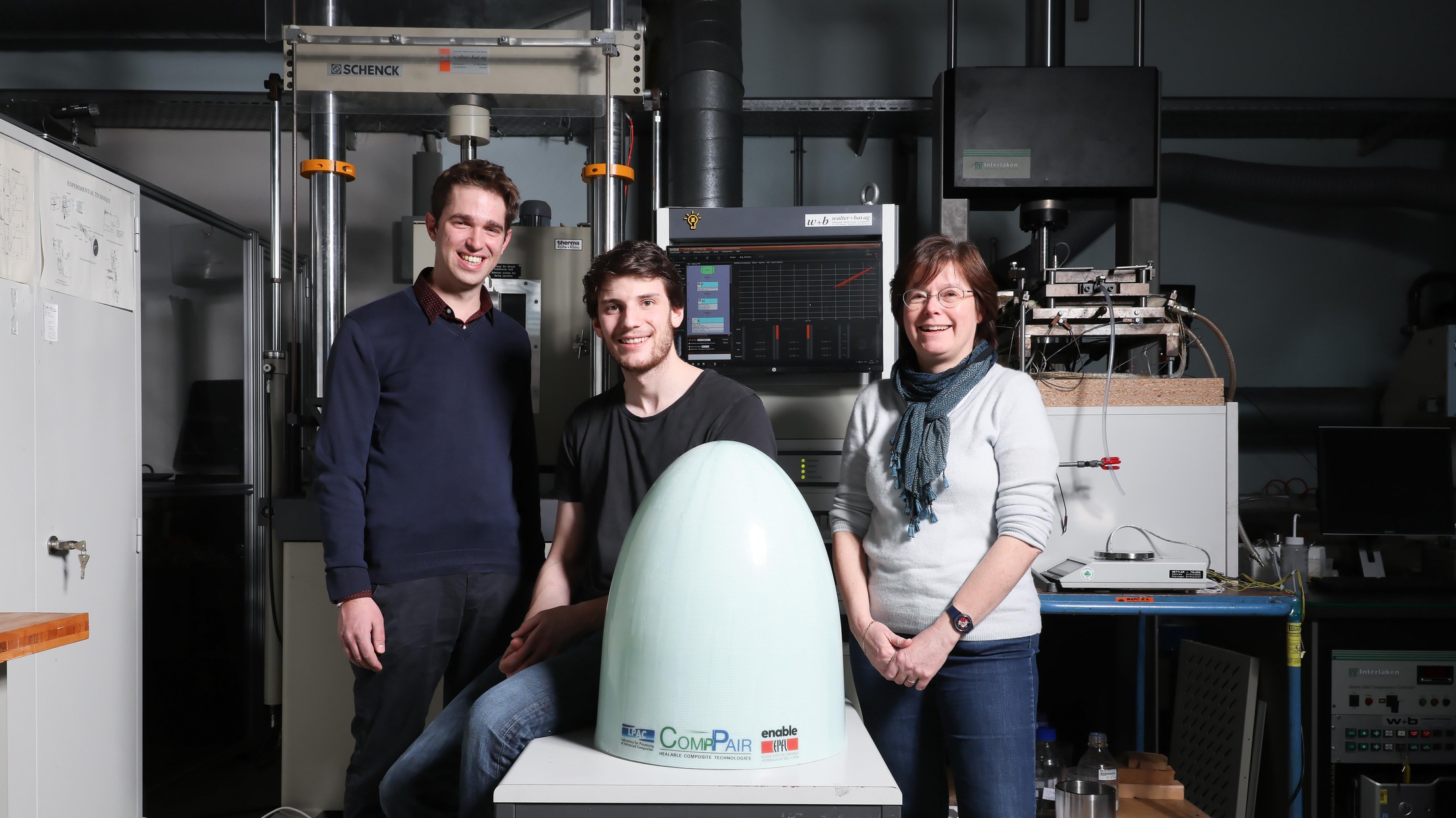
A self-healing composite
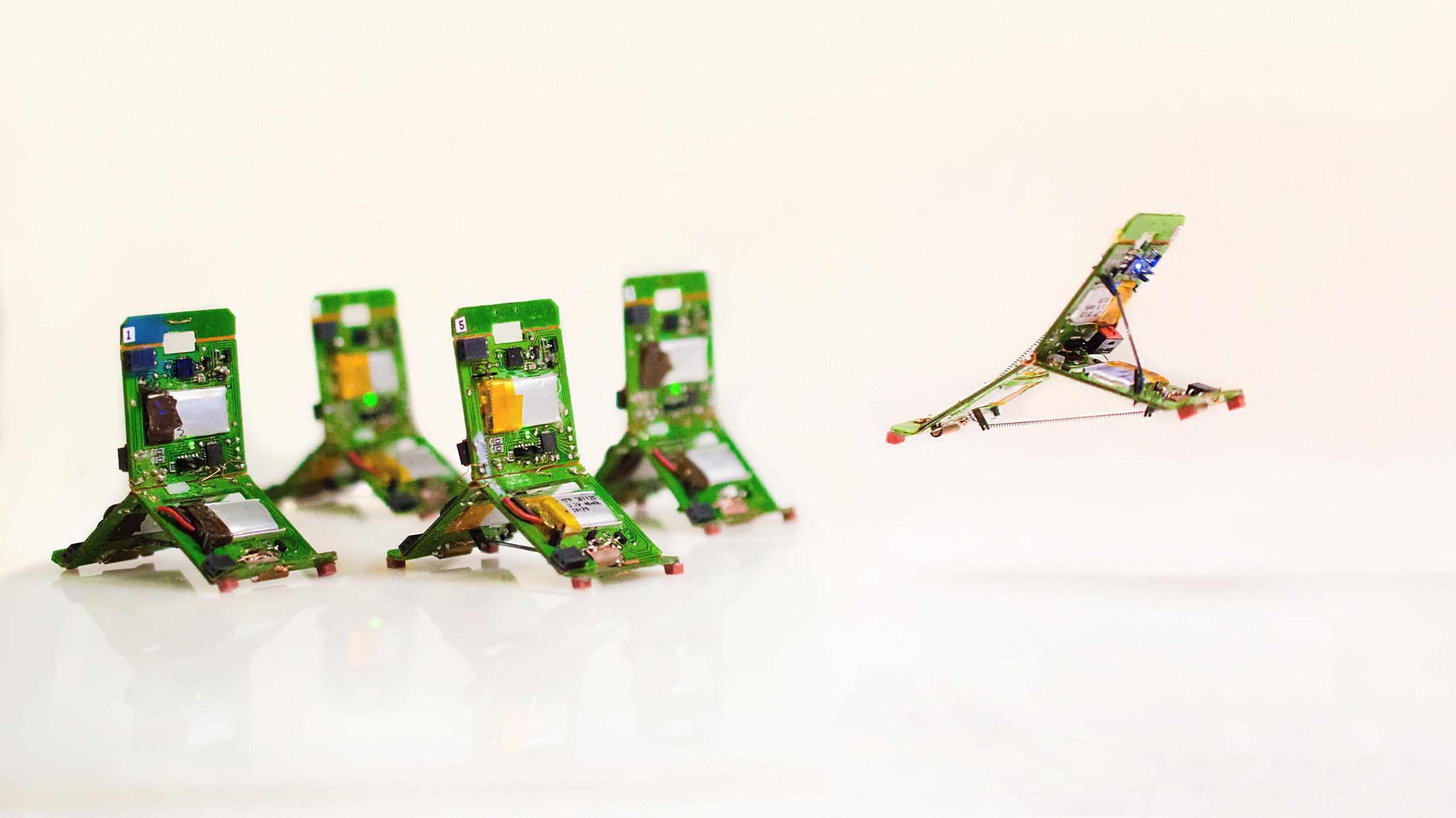
Robot-ants that can jump, communicate and work together

How understanding animal behavior can support wildlife conservation

Virtual time-lapse photos can capture ultrafast phenomena
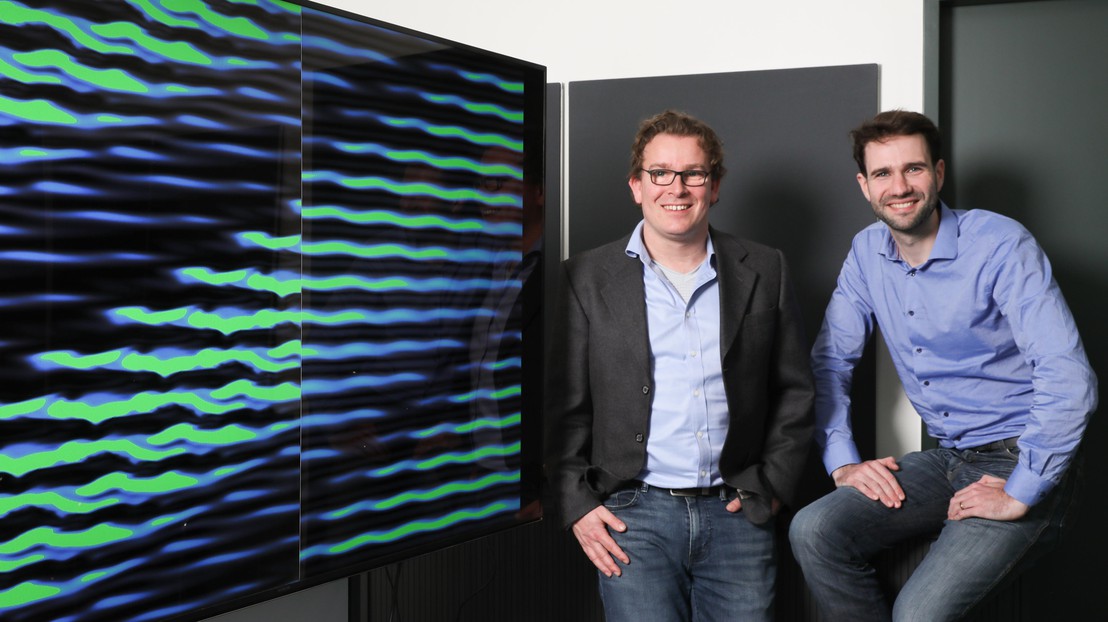
EPFL researchers crack an enduring physics enigma
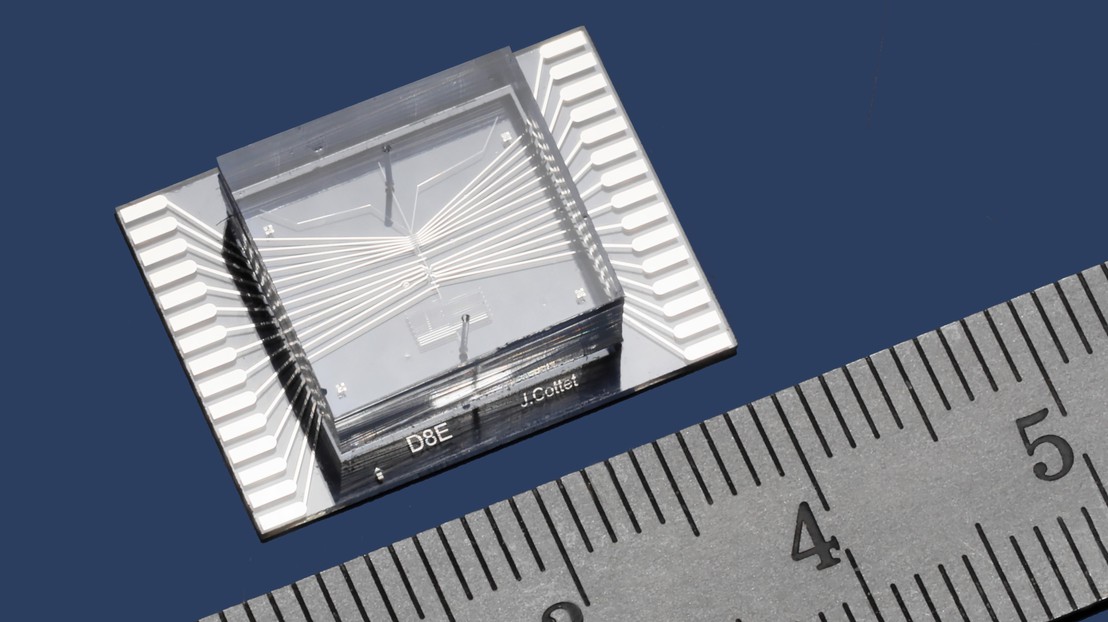
A new approach to modeling tumors

A transformer to drive the transition from AC to DC

A novel theory of heat, in the search for efficient thermoelectrics
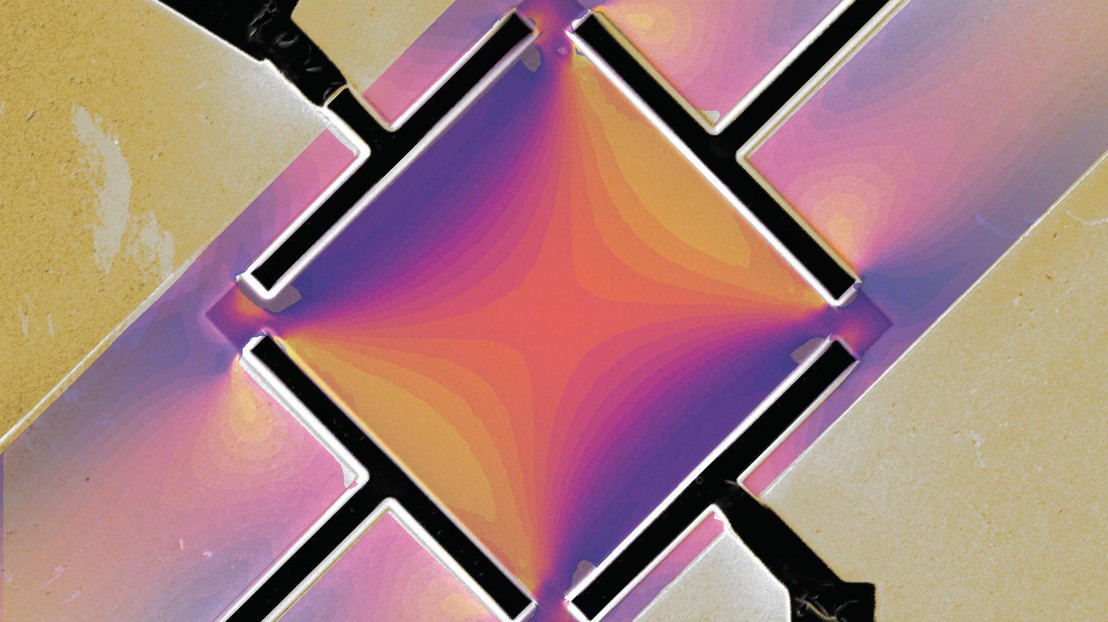
Controlling superconducting regions within an exotic metal

Combating fatigue with a smartwatch application

Predicting a protein’s behavior from its appearance
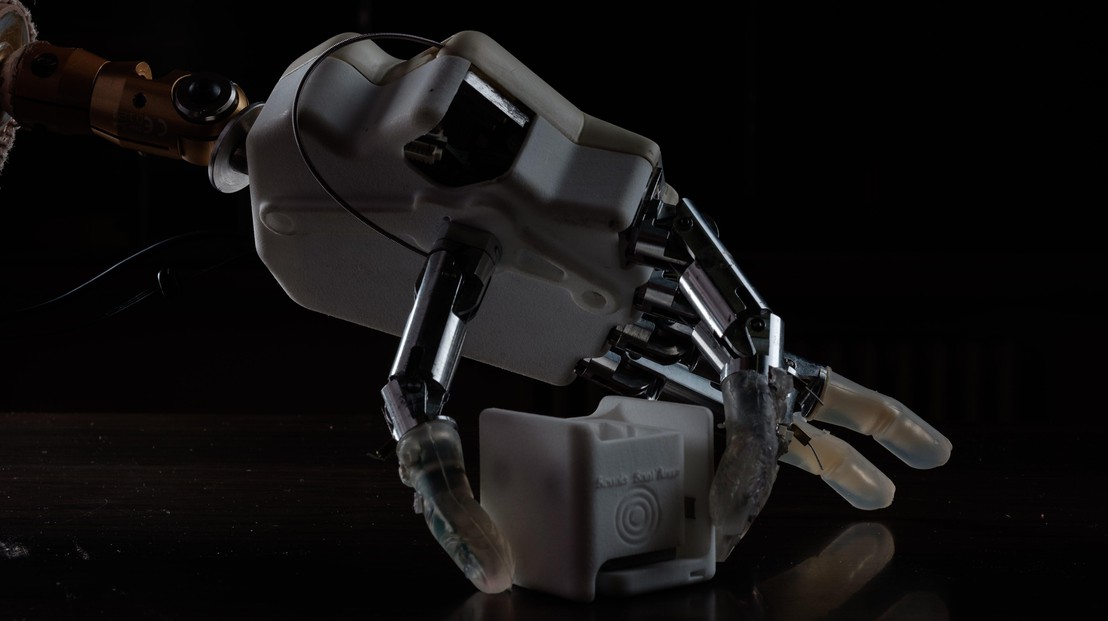
A prosthetic that restores the sense of where your hand is
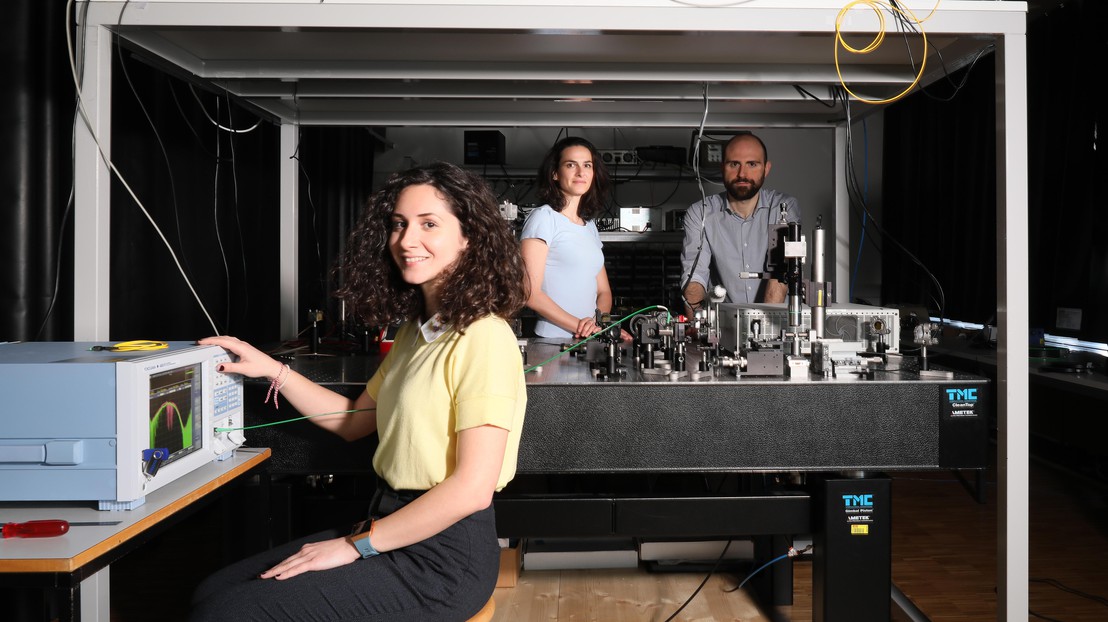
Detecting pollution with a compact laser source
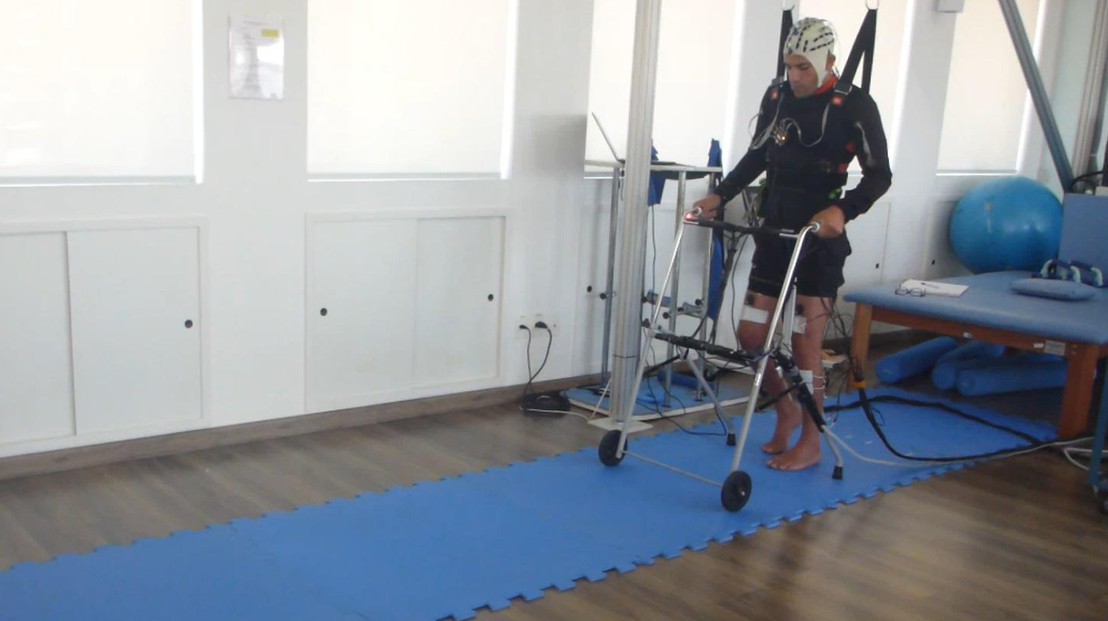
A new non-invasive therapy for people with paraplegia

Using 60% less water in paper production

Jamie Paik’s robots to take the stage at the TED conference

Producing electricity at estuaries using light and osmosis
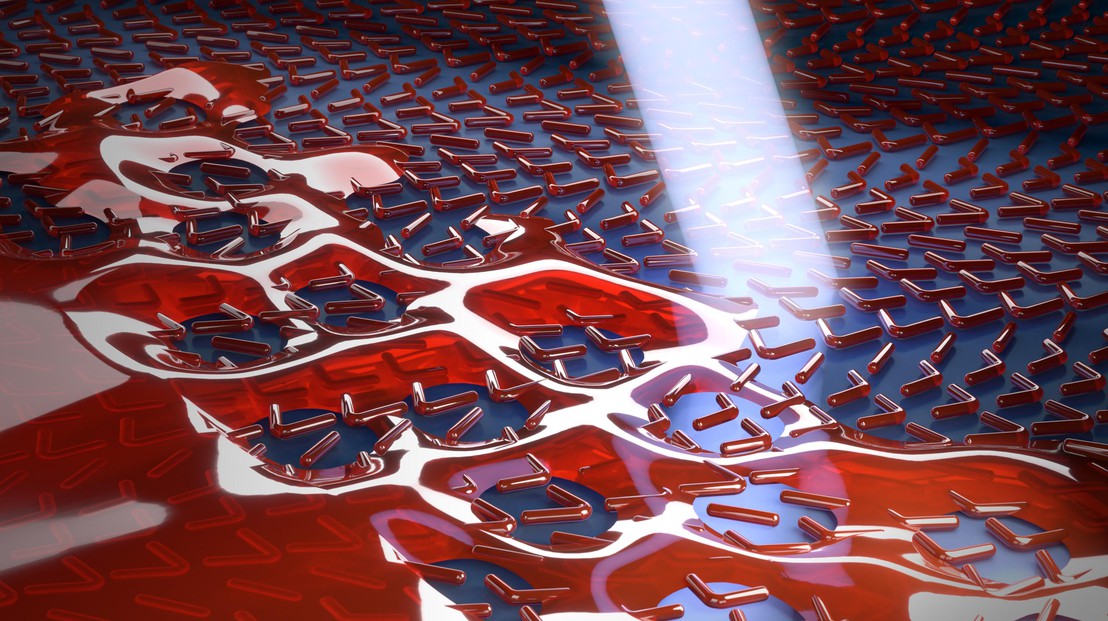
Next-generation optics in just two minutes of cooking time
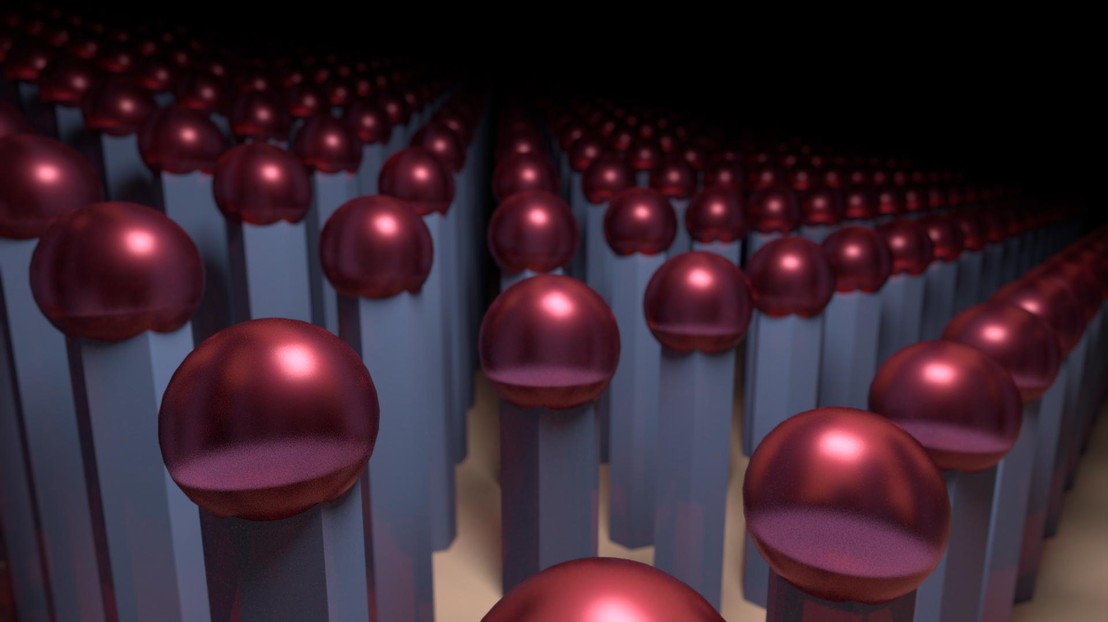
The holy grail of nanowire production
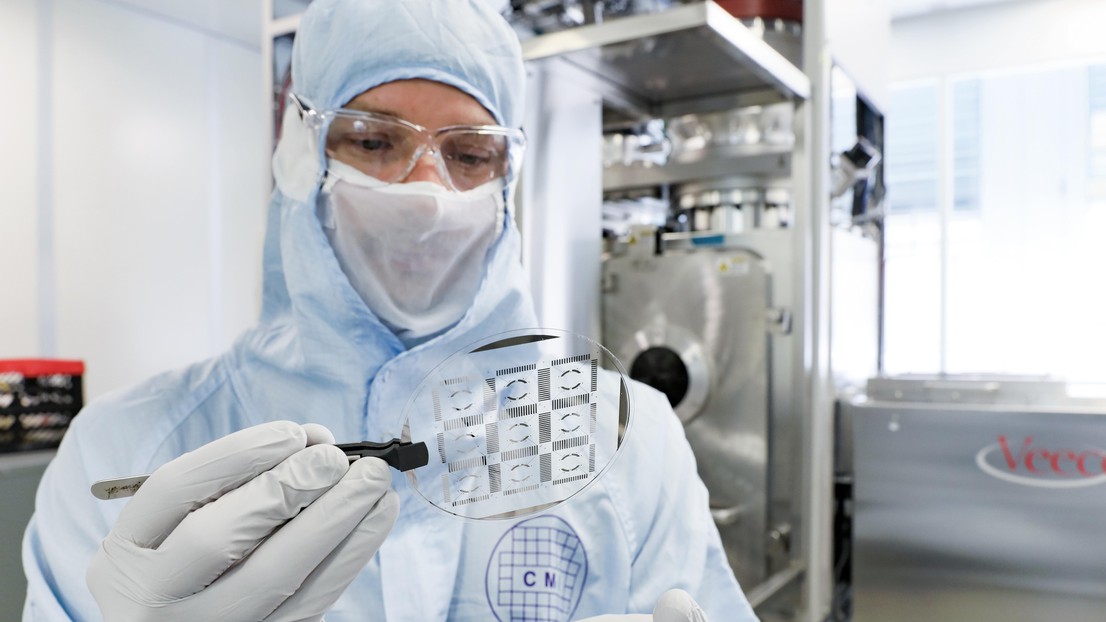
Studying heart cells with nanovolcanoes

Why a blow to the chest can kill or save you
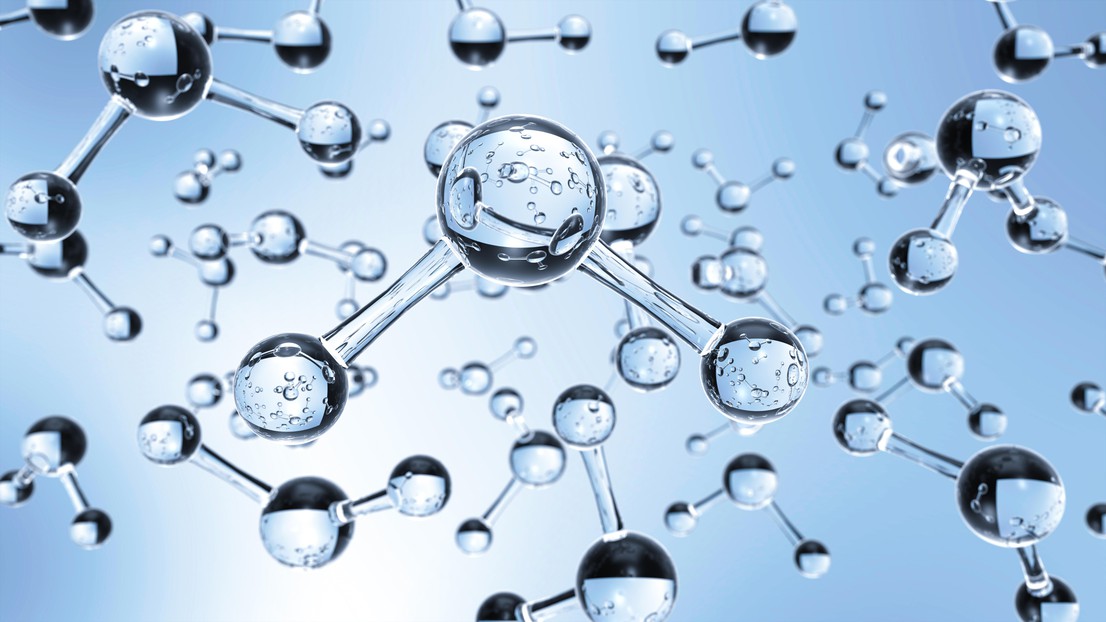
Liquid flow is influenced by a quantum effect in water

Using AI to predict where and when lightning will strike
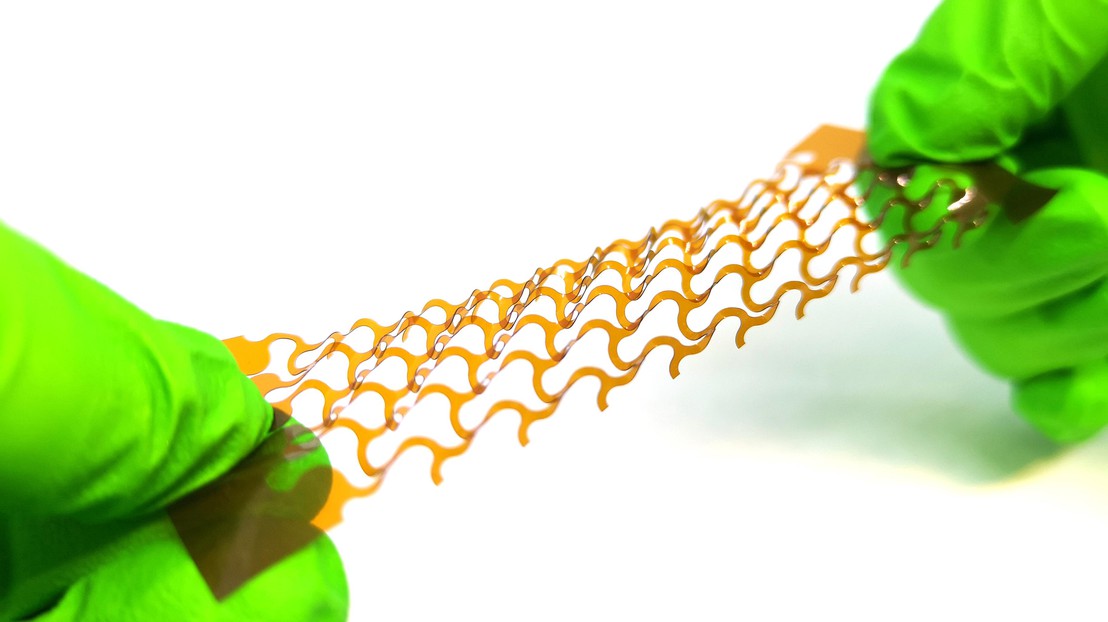
EPFL is developing next-generation soft hearing implants

Analyzing gut bacteria more accurately
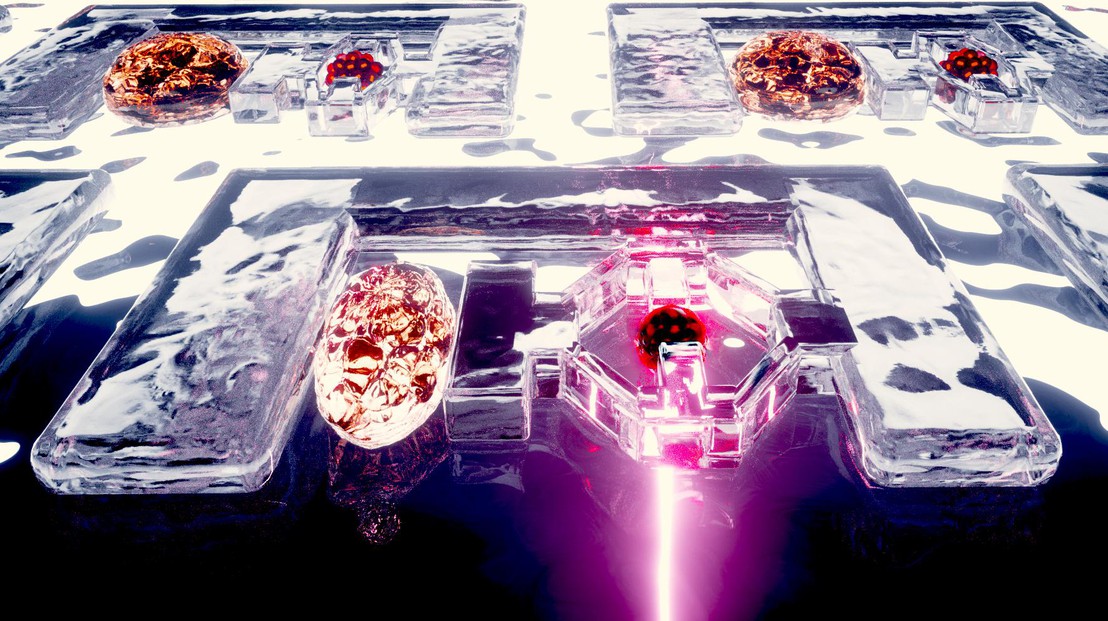
Gummy-like robots could help prevent disease
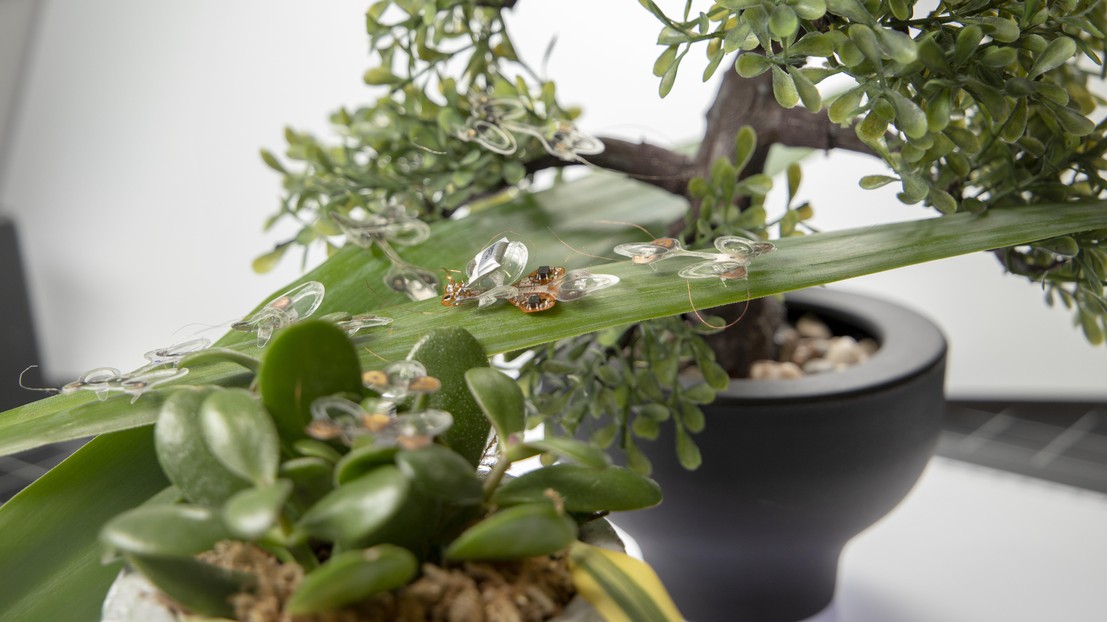
A soft robotic insect that survives being flattened by a fly swatter
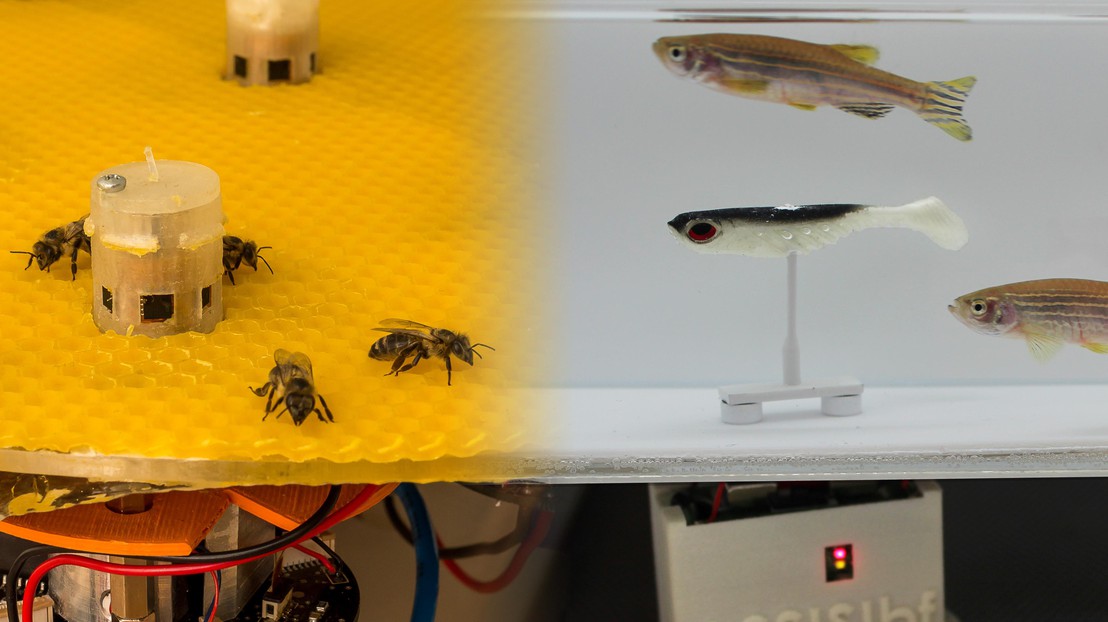
Robots enable bees and fish to talk to each other
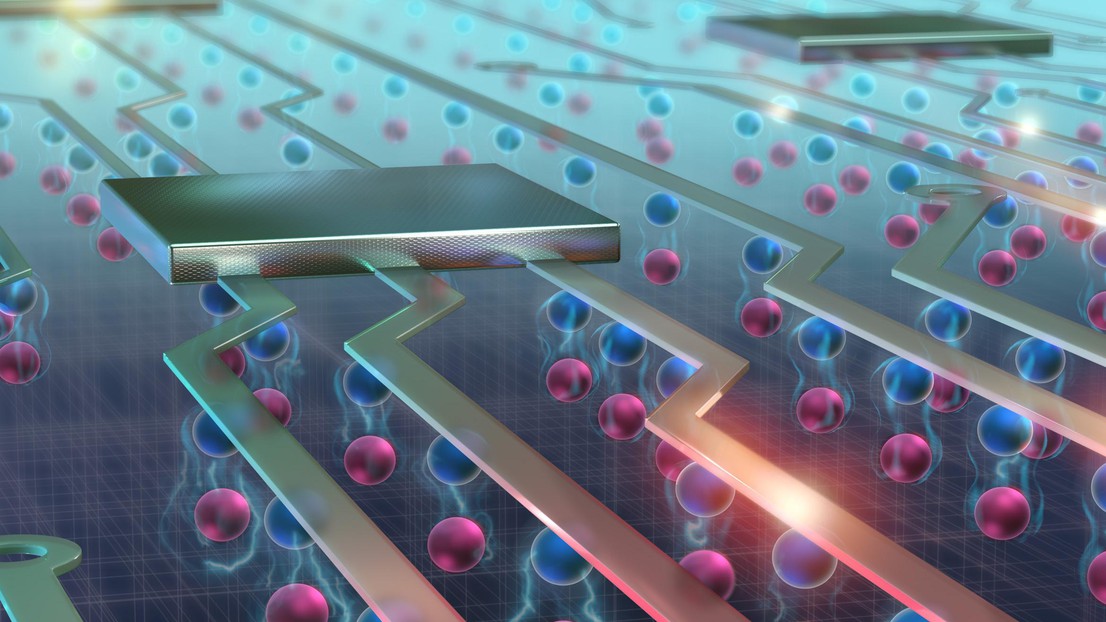
Excitons pave the way to more efficient electronics

Making and controlling crystals of light

Eliminating cracks in 3D-printed metal components
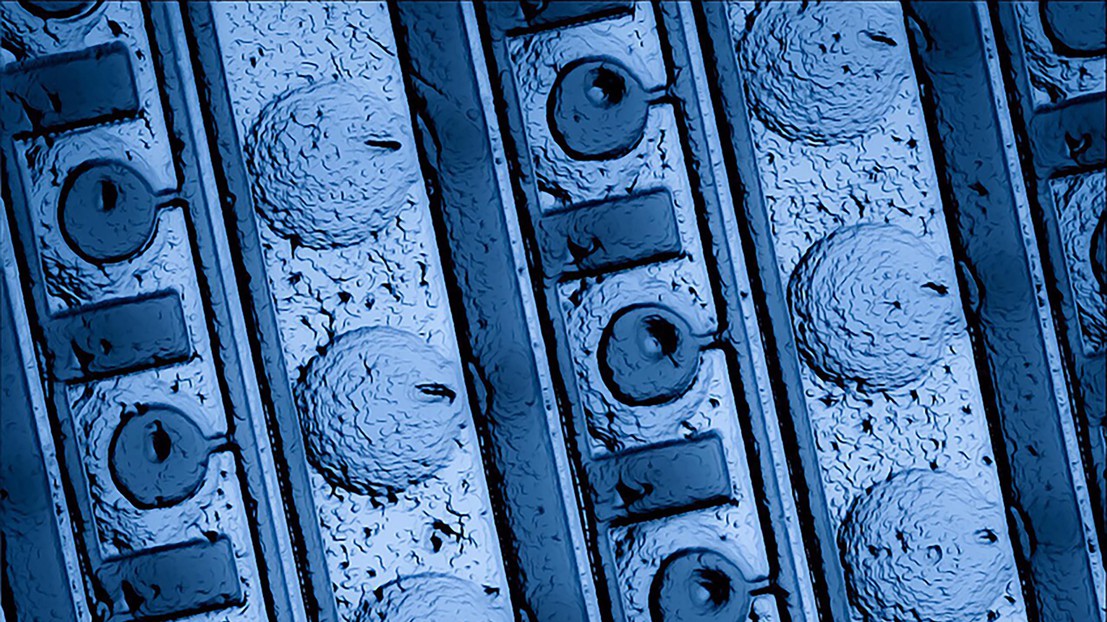
Engineering cellular function without living cells

New approach to energy strategy accounts for uncertainty
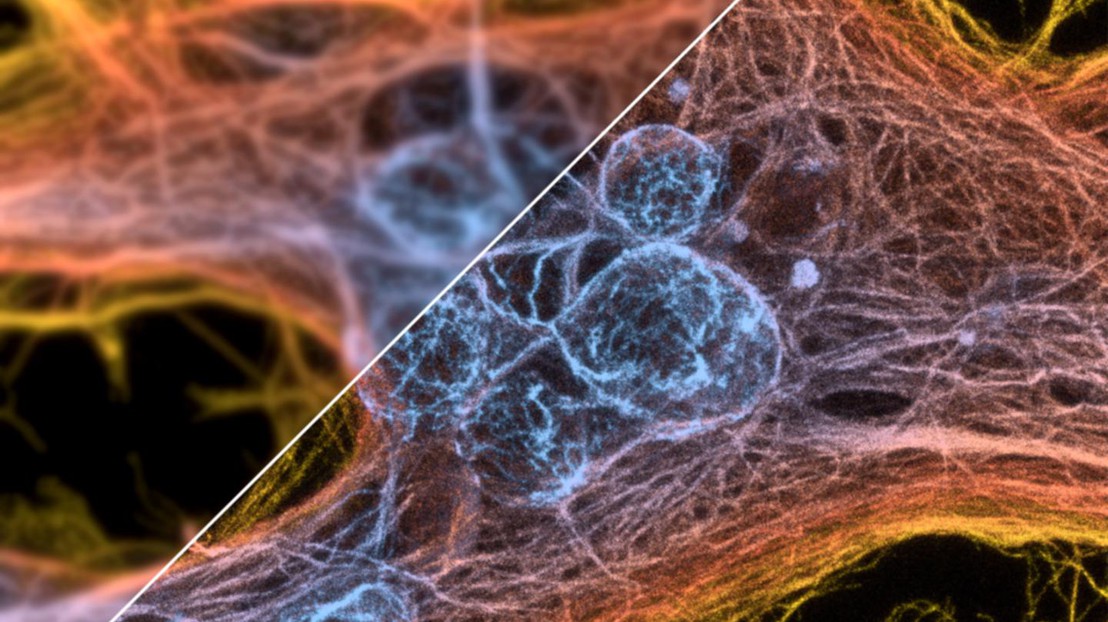
Universal algorithm set to boost microscopes

Bioprinting complex living tissue in just a few seconds
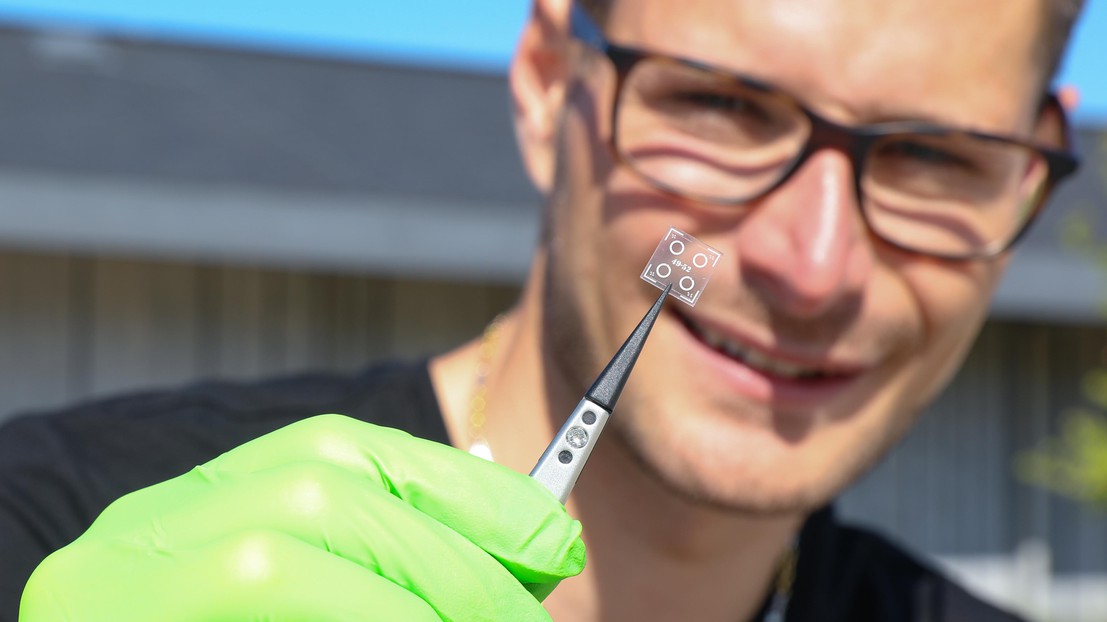
Tiny biodegradable circuits for releasing painkillers inside the body
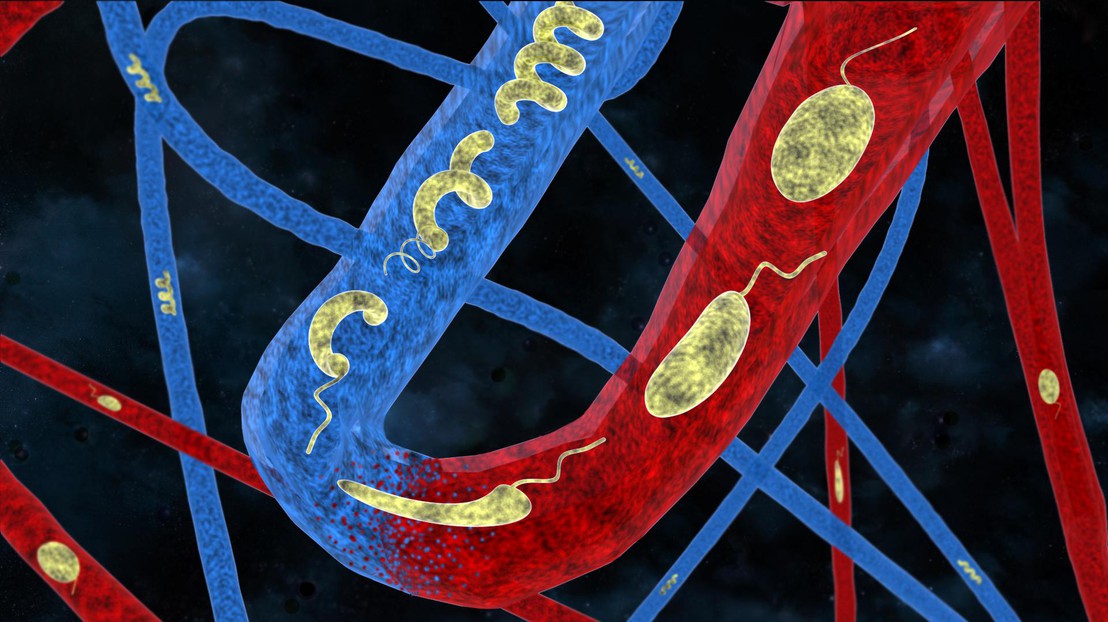
Smart microrobots that can adapt to their surroundings
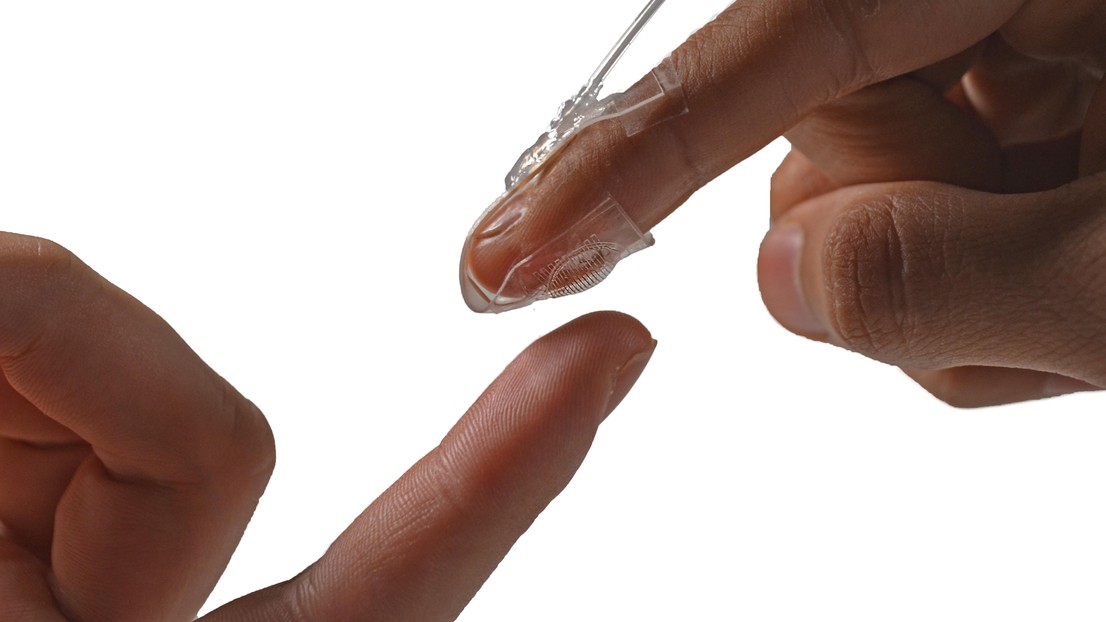
Artificial skin could help rehabilitation and enhance virtual reality
